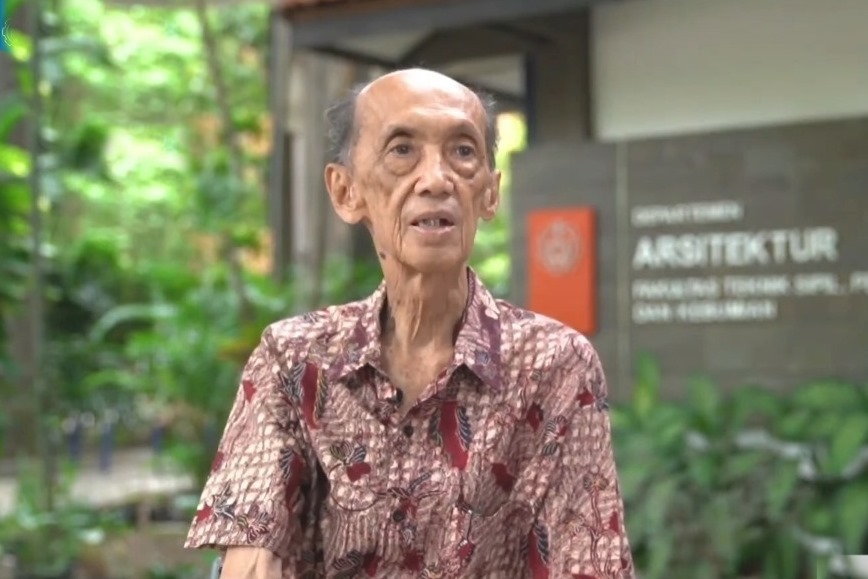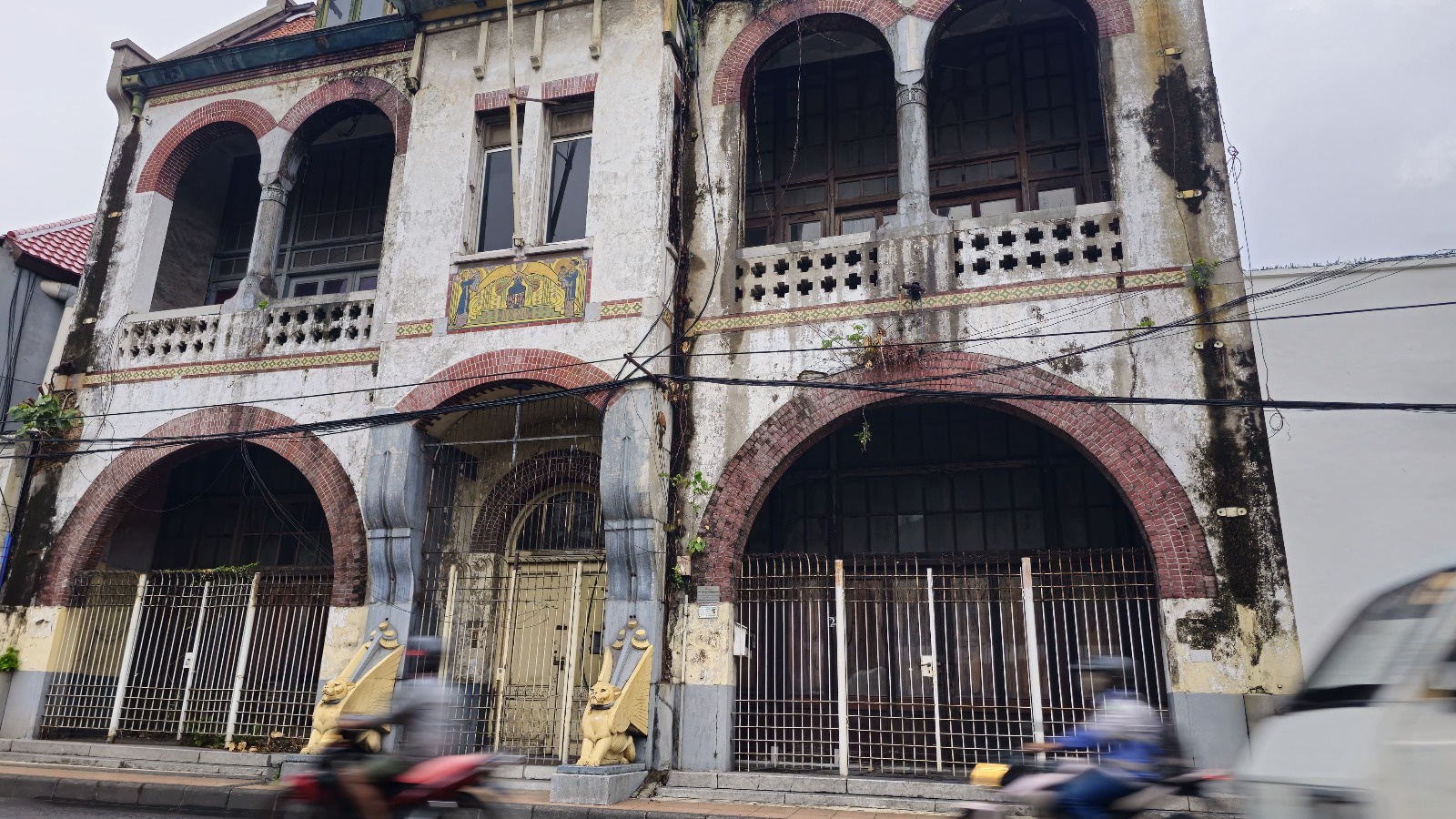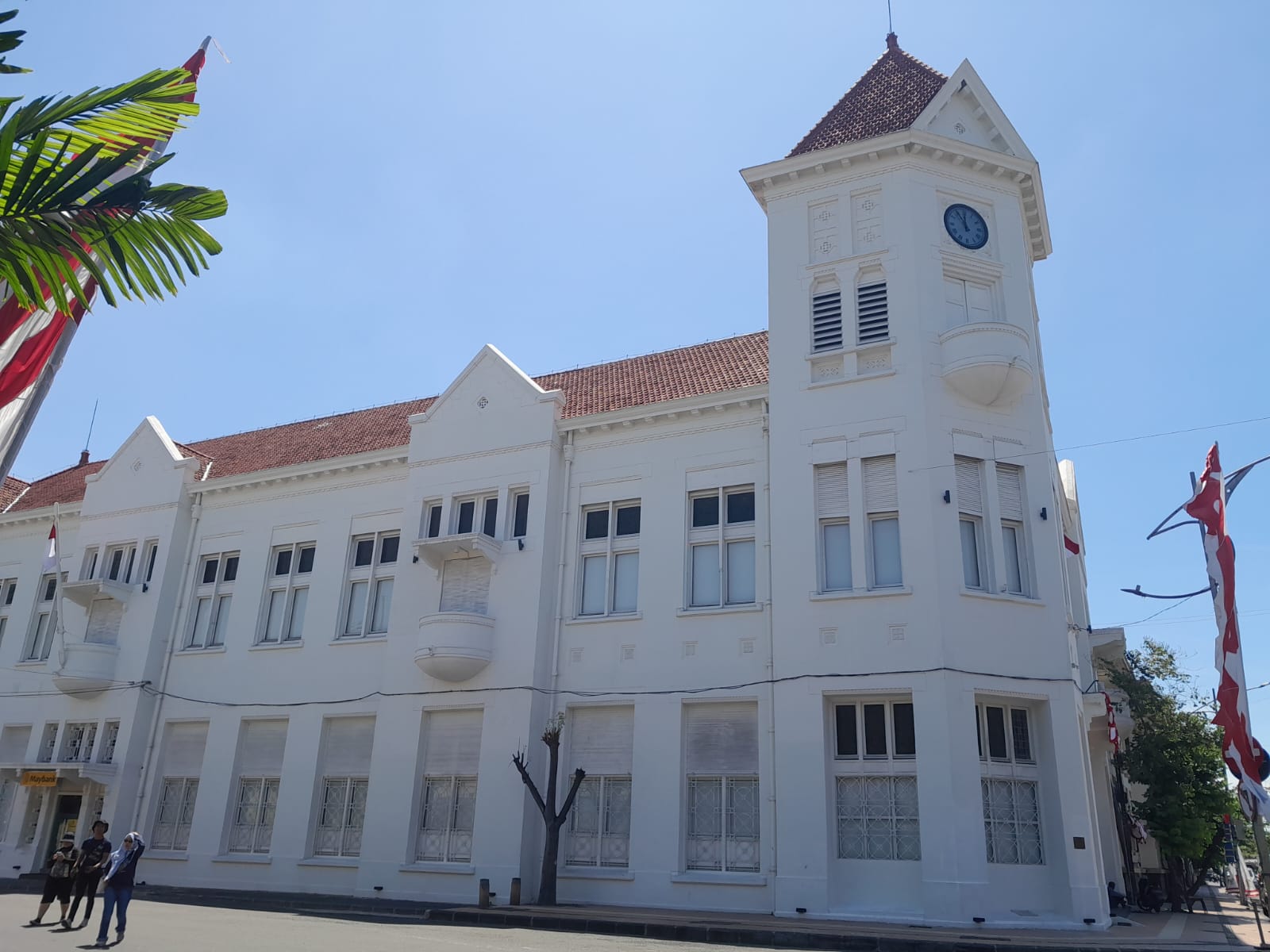ITS Urban Experts’ Views on the Importance of Maintaining Surabaya’s Cultural Heritage

Prof Dr Ir Johan Silas, Professor Emeritus from the ITS Architecture Department, who is also an urban expert
ITS Campus, ITS News — Cultural heritage is a valuable heritage that reflects the civilization of a region, including the city of Surabaya. One of the members of the Surabaya Cultural Heritage Expert Team (TACB), who is also an urban planning expert from Institut Teknologi Sepuluh Nopember (ITS), Prof Dr Ir Johan Silas, shared his views on efforts to preserve cultural heritage to maintain the historical existence of the city of Surabaya.
As of today, Surabaya has more than 200 cultural heritage sites spread throughout the city. Johan said that these buildings had met the requirements set by the Surabaya City Government (Pemkot) for the cultural heritage category. “These requirements are stated in Law No. 11 of 2010 concerning cultural heritage,” this national architectural figure explained.
Furthermore, this professor emeritus from the ITS Architecture Department revealed that preservation activities for cultural heritage buildings in Surabaya are an ongoing program. There are currently four zones that make up the old city area, which is the focus of efforts to revitalize cultural heritage buildings. “The division areas are the European, Chinatown, Arab, and Malay zones,” the man from Samarinda said.
Johan claims that these four zones symbolize the different cultures that make up Surabaya’s civilization. The European Zone, which is the region surrounding the Jembatan Merah, is home to famous buildings like the Internatio Building and the Majapahit Hotel. In the meantime, Kembang Jepun Street and the surrounding areas comprise the Chinatown zone. The other two zones, namely the Arab and Malay zones, are located around Ampel Street and Semut Street. “Each of these zones offers unique views and atmospheres for various ethnicities,” he said.
The Surabaya City Government’s efforts to preserve cultural heritage buildings are not limited to revitalizing and restructuring historic tourist areas such as the old city. Johan said that tightening the qualifications of TACB members had also significantly influenced the quality of existing cultural heritage sites. “In the past, the regulations for determining teams were still weak, and as a result, some buildings were not suitable for being designated as cultural heritage,” he said.

Singa Building, one of the cultural heritage buildings in the European zone of Surabaya’s old city area near Jembatan Merah, Surabaya
The team, which consists of several university lecturers in Surabaya and an archaeologist, is tasked with the preservation, supervision, development, and research of cultural heritage sites.
The formation of TACB is one of the government’s efforts to maintain the historical values and authenticity of historic buildings or sites in the city of Surabaya. “To preserve cultural heritage, we work beyond just the legislation,” Johan emphasized.
The founder of the ITS Architecture Department also explained one of the efforts to maintain the originality of a historical building. This effort involves the regulation that new building projects must not replicate 100 percent of the existing cultural heritage buildings. Although the goal is to enhance urban aesthetics, new construction must still be distinct. “It is still allowed if one wants to use the old architectural features,” he said.

The BII Building in the Veteran Street area, one of the cultural heritage buildings in the European zone of Surabaya’s old city
All efforts in the preservation, revitalization, and restoration of cultural heritage inevitably face ups and downs. Johan stated that the biggest challenge in maintaining the integrity of historical buildings is the weak historical awareness among the community amid urban modernization. “This indirectly reduces the existence of cultural heritage as an inseparable part of people’s lives,” he added.
The man who retired as a lecturer at ITS in 2006 hopes that the awareness and empathy of the community towards the history and culture of their city can grow in balance. He hopes that knowledge about cultural heritage can be incorporated into education, especially in the field of architecture. “The uniqueness and existence of cultural heritage will continue to develop as people’s knowledge and empathy grow,” Johan concluded. (ITS Public Relations)
Reporter: Putu Calista Arthanti Dewi
Translator: Alya Farah Nabila
Related News
-
ITS Wins 2024 Project Implementation Award for Commitment to Gender Implementation
ITS Campus, ITS News —Not only technology-oriented, Institut Teknologi Sepuluh Nopember (ITS) also show its commitment to support gender
May 22, 2024 16:05 -
ITS Professor Researched the Role of Human Integration in Sustainable Architecture
ITS Campus, ITS News –The developing era has an impact on many aspects of life, including in the field
May 22, 2024 16:05 -
ITS Sends Off Group for Joint Homecoming to 64 Destination Areas
ITS Campus, ITS News — Approaching Eid al-Fitr, the Sepuluh Nopember Institute of Technology (ITS) is once again facilitating academics who want
May 22, 2024 16:05 -
ITS Expert: IHSG Decline Has Significant Impact on Indonesian Economy
ITS Campus, ITS News — The decline in the Composite Stock Price Index (IHSG) by five percent on March 18,
May 22, 2024 16:05
